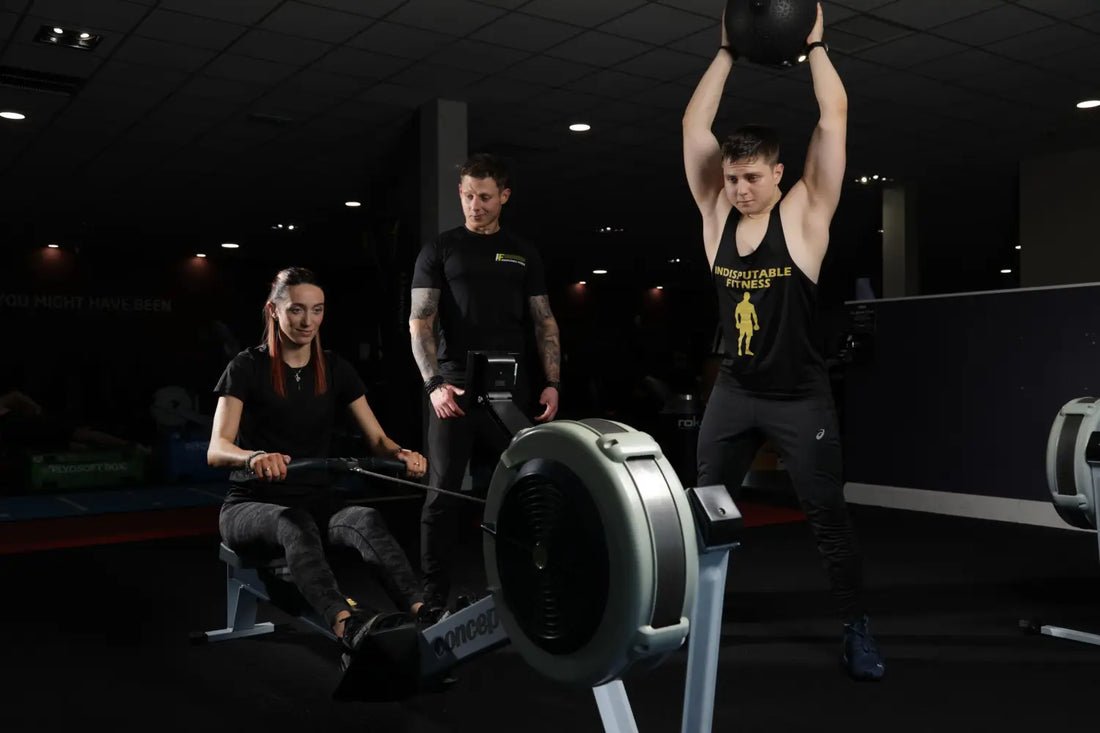
Cardio vs Weights: Striking the Perfect Balance for Your Goals
Share
Cardio vs Weights: Striking the Perfect Balance for Your Goals
When it comes to achieving your fitness aspirations, many people encounter the "cardio vs weights" debate. Cardio is well-known for its efficient calorie-burning abilities and its significant impact on cardiovascular health, making it a cornerstone for individuals looking to enhance heart function and overall endurance. In contrast, weight training has become increasingly popular because of its benefits in muscle development and metabolic enhancement. Deciding which approach best suits your objectives comes down to understanding your unique needs and how these forms of exercise can work together.
The Benefits of Cardio
The Benefits of Weight Training
Finding the Perfect Balance
Rather than viewing cardio and weight training as opposing choices, integrating both into your fitness program is vital for comprehensive results. The perfect balance depends on your personal goals, fitness level, and lifestyle. For instance, if your primary goal is improving cardiovascular health, incorporating regular moderate to vigorous cardio alongside two to three weekly sessions of weight training adds variety and prevents plateaus. Beginners can benefit by starting with manageable sessions that gradually build in intensity. Tracking how your body responds and adjusting your routine ensures continued progress while minimizing risk of injury. Seeking advice from a qualified fitness professional can add tailored expertise, helping you establish an exercise plan that efficiently supports your ambitions. By blending cardio and weights, you foster sustainable habits, enhance energy, and create a holistic foundation for long-term well-being. Experimentation and flexibility will help you fine-tune your approach and find what offers lasting motivation and success.